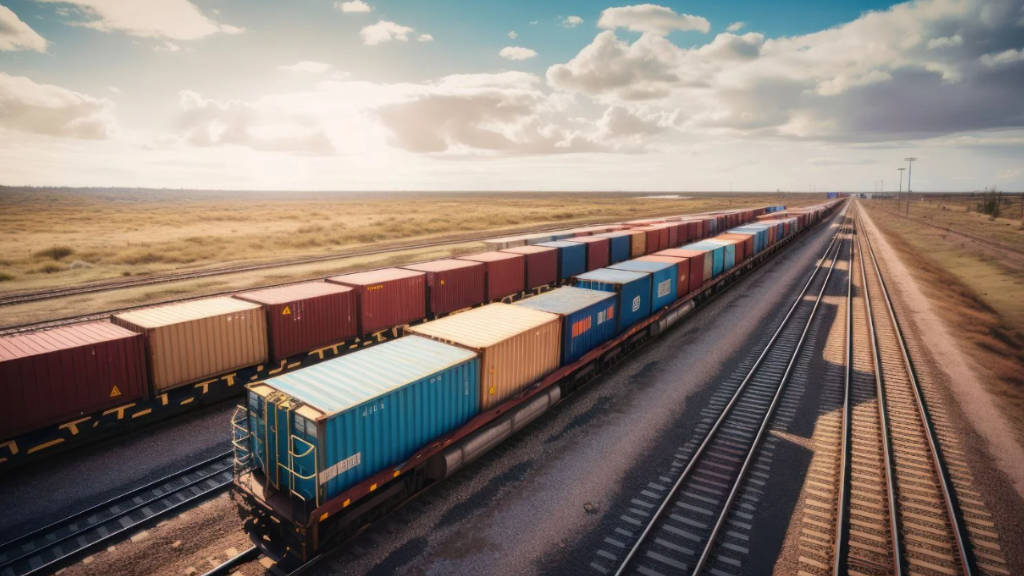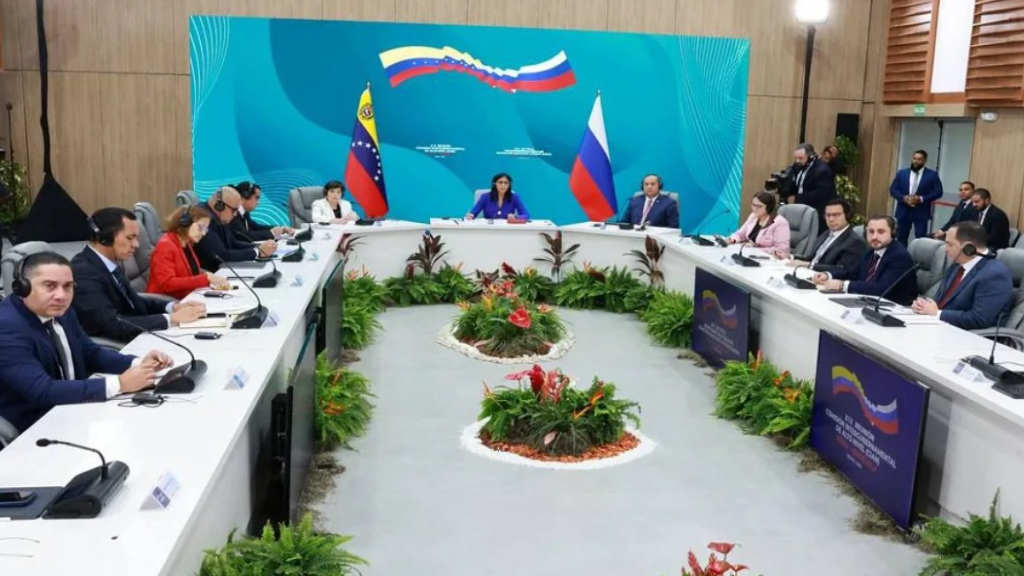Sanctions, and the subsequent need to develop eastern and southern supply chains to and from Russia, have led to a significant shift in Eurasian supply chains to and from Russia. In this article we explain these new emerging routes and their current development.
The North-South Transport Corridor
The North-South Transport Corridor (NSTC, also referred to as the INSTC) was originally devised in 1999 by Russia, Iran and India. It extends 7,200 kilometres, with one way cargo transportation, depending on the multimodal services used, taking between 15 to 25 days between Russia and India (via Iran) or vice versa. This is twice as fast as the traditional route through the Suez Canal.
Between 2000 to 2006, Belarus, Bulgaria, Turkiye, Syria, Amenia, Azerbaijan, Oman, Kazakhstan, Tajikistan and Kyrgyzstan joined the project and began cooperating on intra-route administration and customs synchronisation. A new round of sanctions against Iran in the mid-2000s slowed down the active cooperation of the countries on the project until 2012, however, after additional sanctions upon Russia were imposed in 2022, the subsequent shift in Russian logistics has meant the NSTC has received intense development.
The two main starting points of the main route are St. Petersburg in the north and the Indian port of Mumbai in the south, with the North-South NTSC using several branches for cargo transportation.
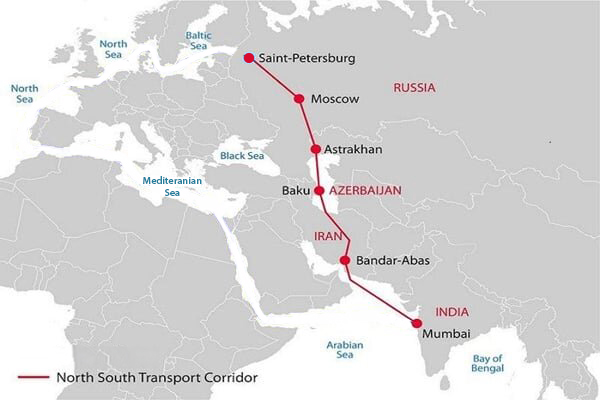
Trans-Caspian Route:
The trans-Caspian branch of the NSTC leaves Mumbai, passes through the Iranian port of Bandar Abbas in the Strait of Hormuz, then overland (by rail or road) to the north of Iran, to the Caspian ports of Amirabad, Astara, Enzeli, and Noushehr. The cargoes then travel by the Caspian Sea to the Russian ports of Olya, Astrakhan, Makhachkala, or to ports in Azerbaijan, Kazakhstan or Turkmenistan.
The capacity of Russian Caspian ports is still low, although projects are underway to expand and develop them. There is also a shortage of containers – while at present the total utilization of port facilities does not exceed 30-35% of their actual capacity, container handling capacity is insufficient, resulting in downtime.
The cargo turnover of the seaports of the Caspian basin for the 9M of 2024 reached 6.2 million tonnes, an increase of 9% over 2023. However, to compare, the cargo turnover of the Baltic basin and the Azov-Black Sea basin exceeded 200 million tonnes over the same period. While Russia’s Astrakhan port increased its transhipment volume by 7.1% to 3 million tonnes, Russia’s ice-free Makhachkala port reduced cargo turnover by 7.2% to 2.4 million tonnes.
Clearly, the shortage of containers is a major limiting factor for the Caspian basin. In addition, from the end of November, the Caspian Sea begins to freeze, the winter navigation period, which lasts on average 95 days, including 45 days a year with solid ice, icebreaker escorts are used. In addition, the beds of the Volga-Caspian and Volga-Don canals have limited depth, which does not allow large vessels to pass through.
However, the Trans-Caspian route has one significant advantage – even though existing restrictions are in place, direct passage through the multilateral Caspian Sea allows the transportation of Russian and Iranian goods that Azerbaijan and Kazakhstan do not allow through their territory due to a fear of secondary sanctions.
The overland Eastern and Western branches of the route skirt the Caspian Sea on both sides. In Iran, the western branch connects Bender Abbas, Tehran and Qazvin by direct rail, then goes to Azerbaijan, and from there either to Makhachkala and Astrakhan, or goes further west to Georgia and Turkey. This route accounts for about 70% of the cargo turnover of the entire transportation corridor.
Unfortunately, however, this path is not seamless. The 162-kilometre-long Rasht-Astara railway section is still under construction, and will not be completed until 2028. That will provide cargo traffic up to 50 million tonnes.
In the meantime, goods have to be transported by road in this section, increasing the number of overloads. The difficulty lies in the fact that overloading takes 1-2 days at each overload point. In Astara, congestion regularly occurs when the car can wait 7-10 days for loading. The storage of wagons is also a chargeable overhead, increasing the transportation costs.
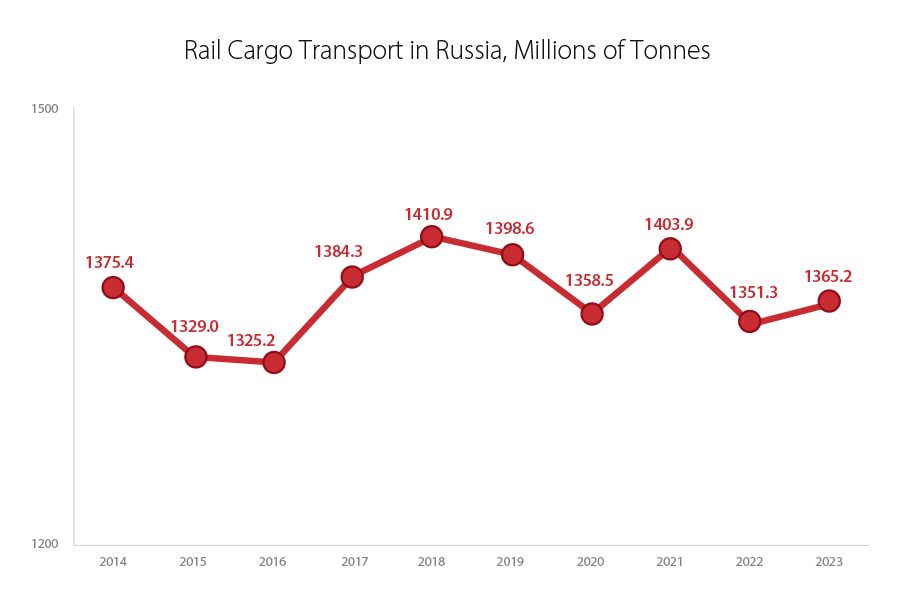
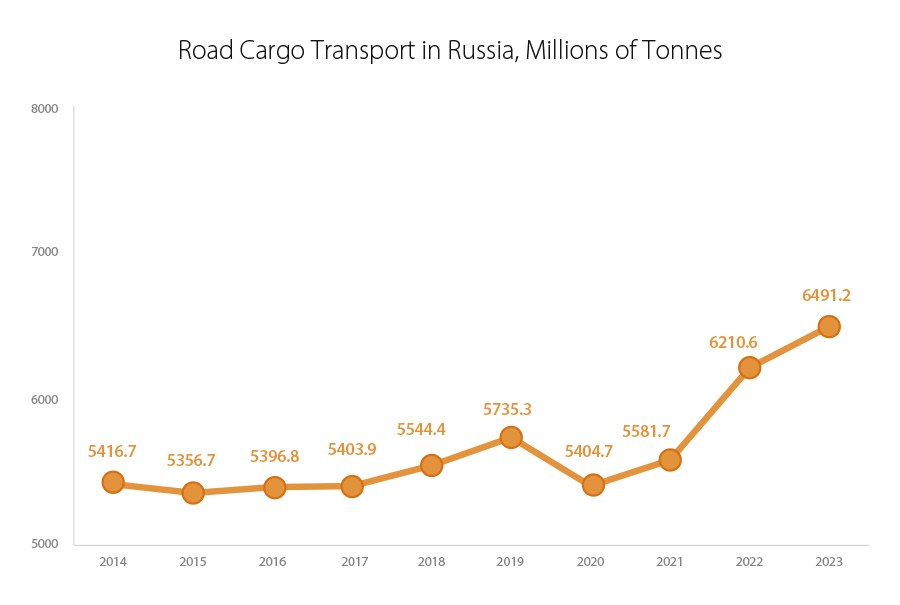
Eastern Route:
The Eastern branch of the NSTC connects Russia and India through Central Asia. Cargoes from India arrive in Iran by the same route, but leave east of Tehran for Turkmenistan and then, through Kazakhstan, to Russia. Rail transportation is also limited here for the time being. Both Russia, Kazakhstan, and Turkmenistan have single-track non-electrified sections, which limits cargo traffic to 10 million tonnes. From the perspective road transportation, there are the same restrictions as on the western branch. Azerbaijan and Iran can provide passage for 40,000 cars per day, and in Russia and in some sections in Kazakhstan, no highways are operational on part of the route, and the usual two-lane highway passes no more than 15,000 cars per day. Some regional highways also run into narrow bottlenecks, which in some cases increase the rate of loading from 1-2 to 7-10 days.
In addition to understandable infrastructure constraints, the countries participating in the NSTC need to resolve the issue of the lack of uniform standards for transit documentation, which would significantly speed up the cargo clearance process.
Within the NSTC, each country is looking for the maximum benefits both from the point of view of the development of their domestic transport infrastructure, and from the point of view of strengthening geopolitical positions. It is recognised that the development of regional transport infrastructure always has a positive impact on national economies. For Russia, the NSTC is primarily the development of new growth points in international trade, strengthening cooperation with India and Iran, and direct logistics to the markets of the Persian Gulf countries.
Further Reading
Russia’s Caspian Sea Ports and Regional Maritime Expansion: Detailed Report

